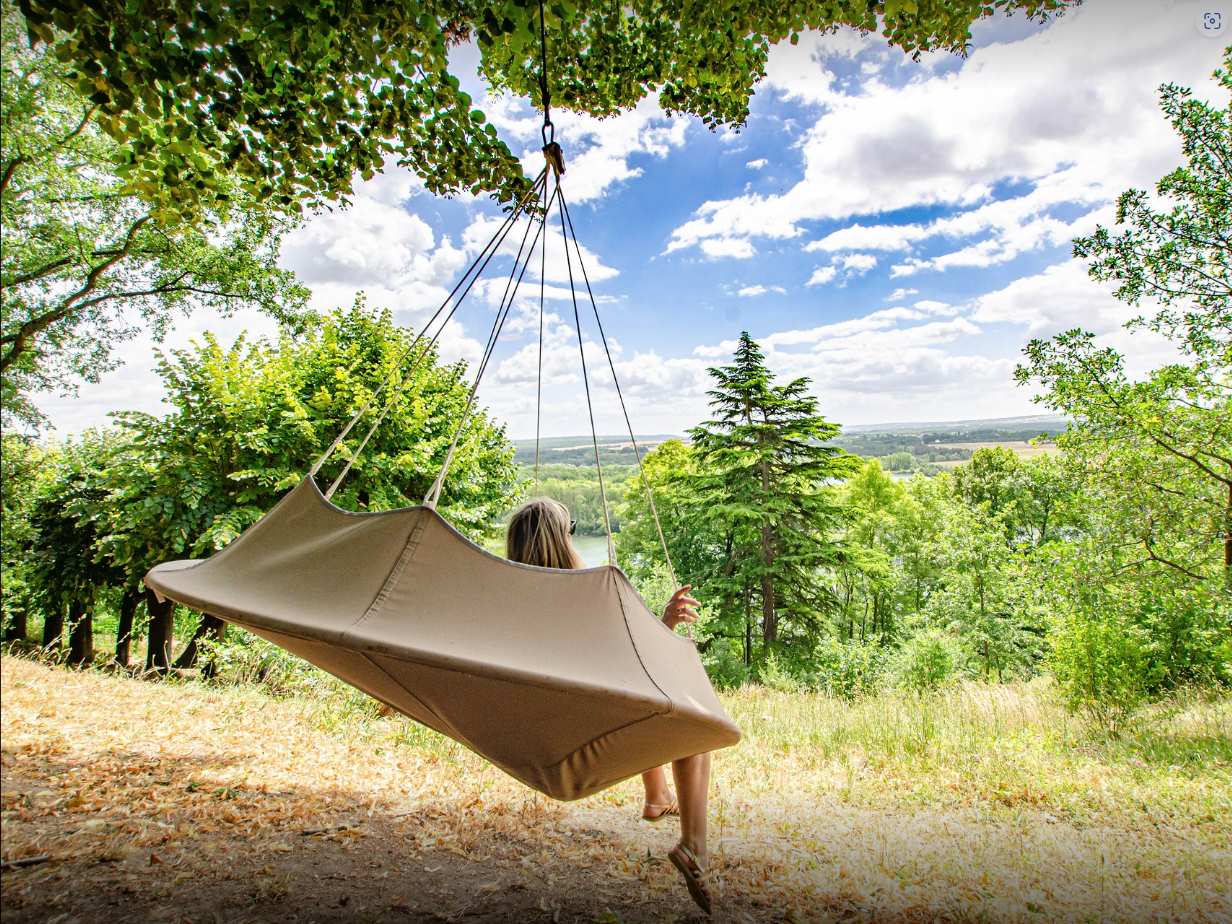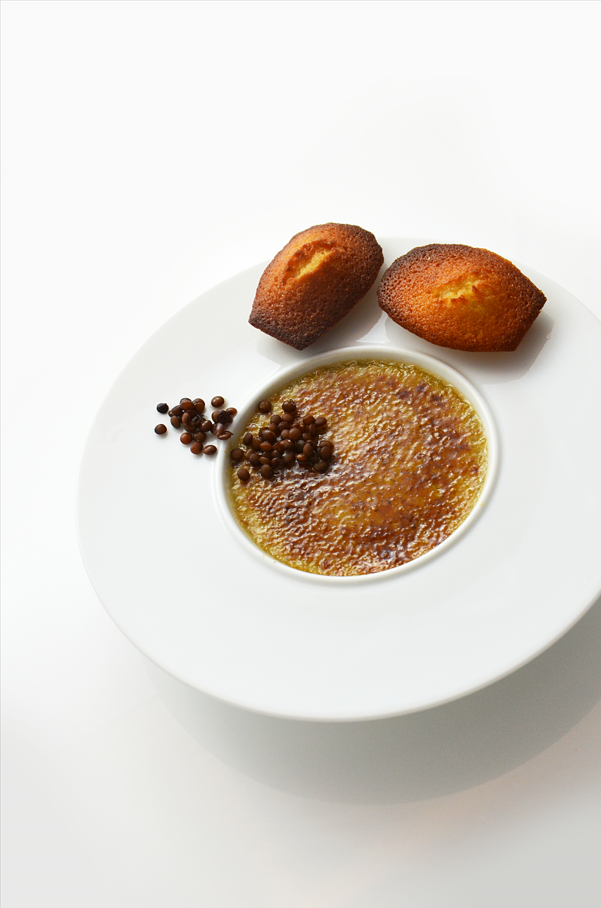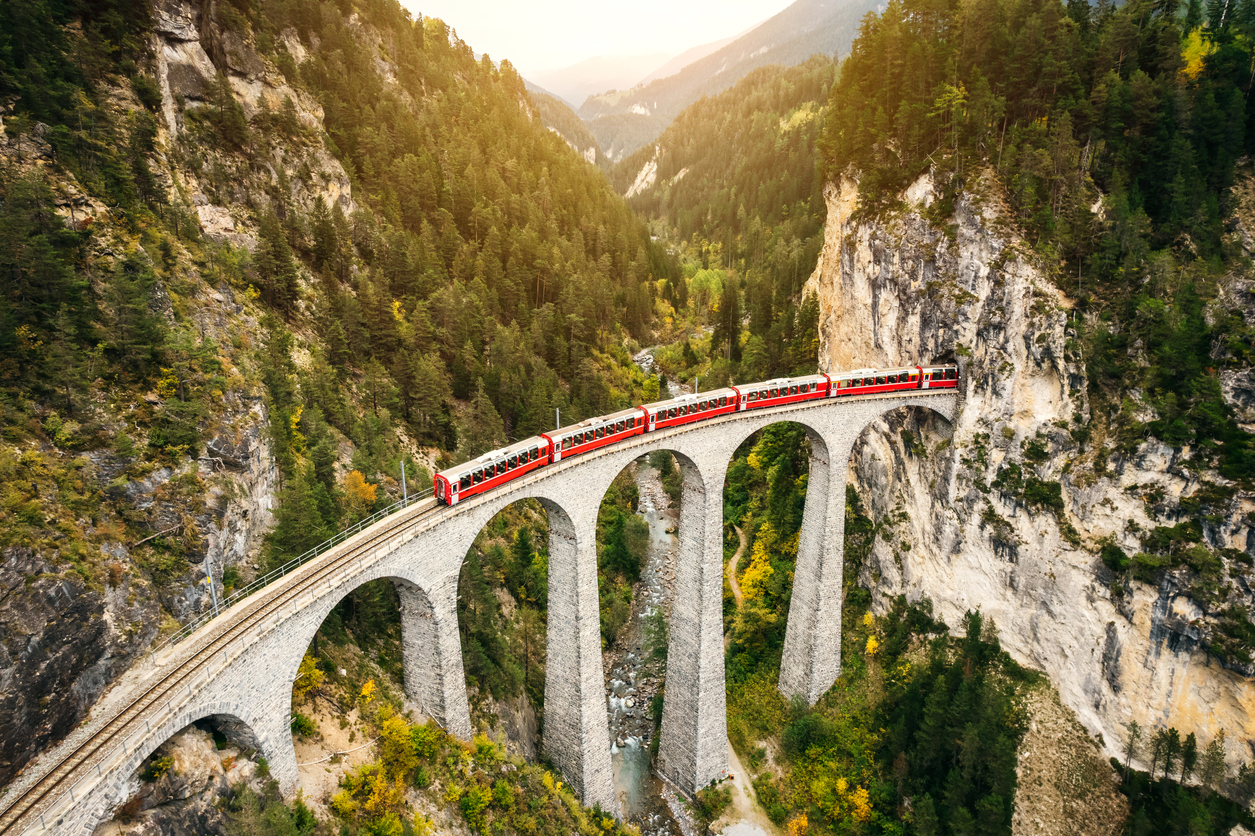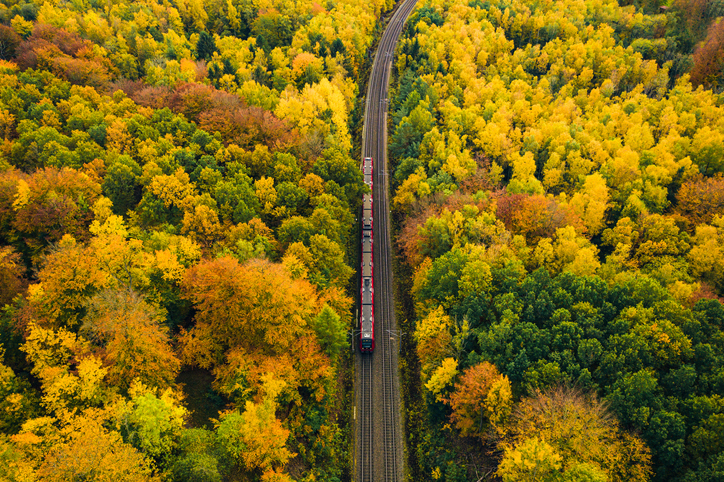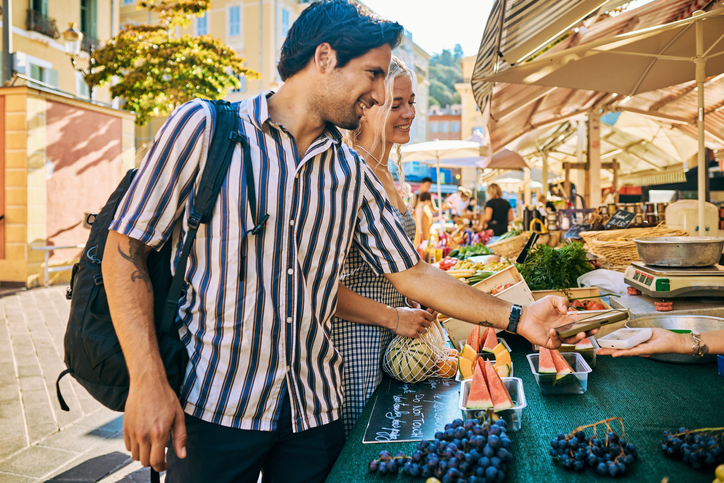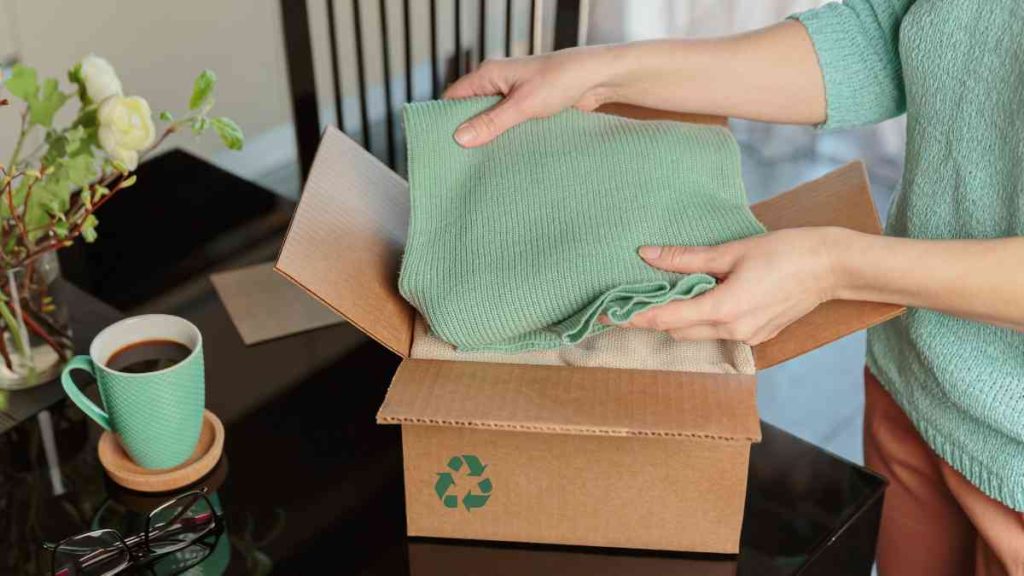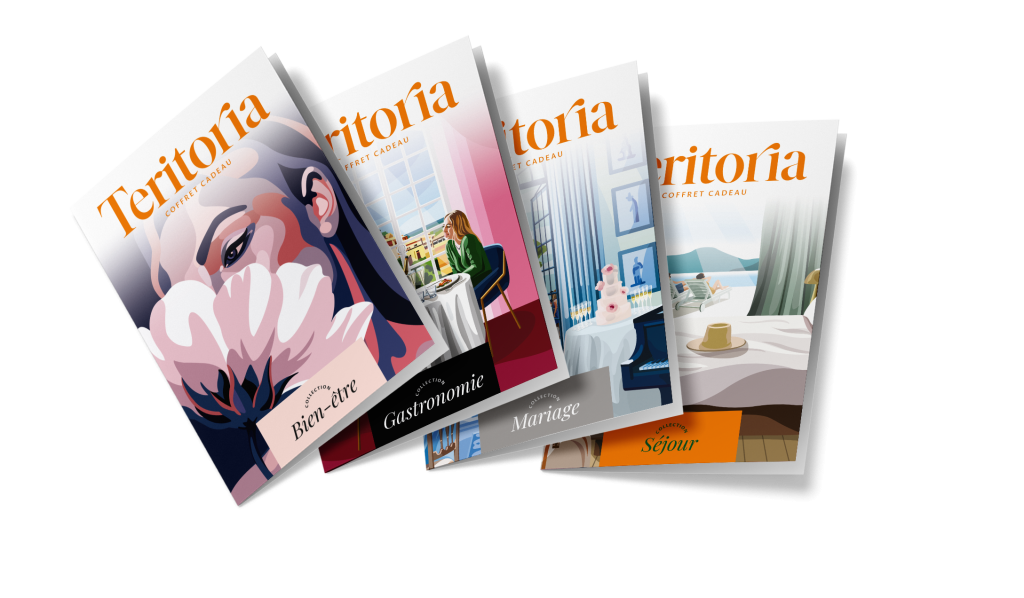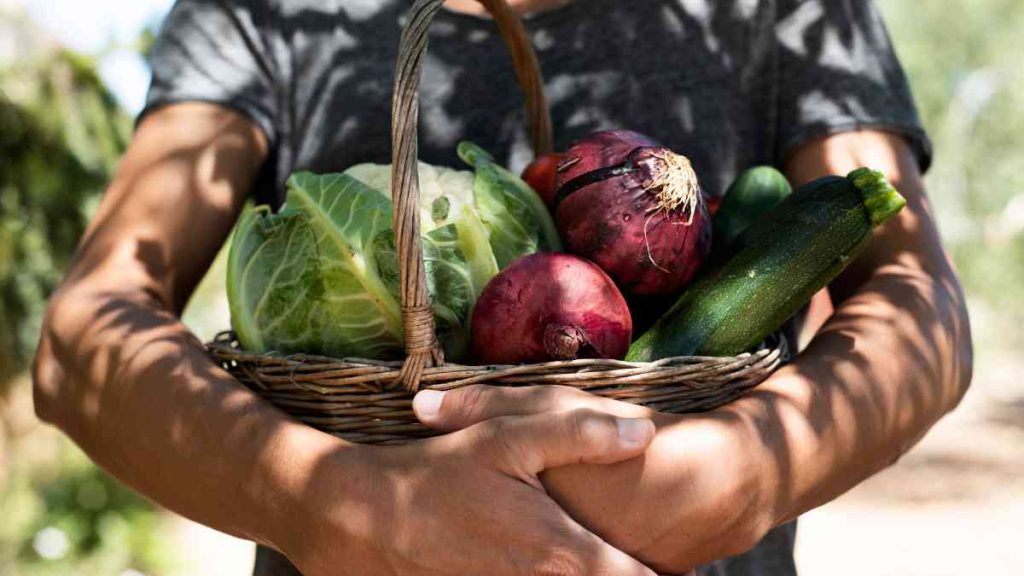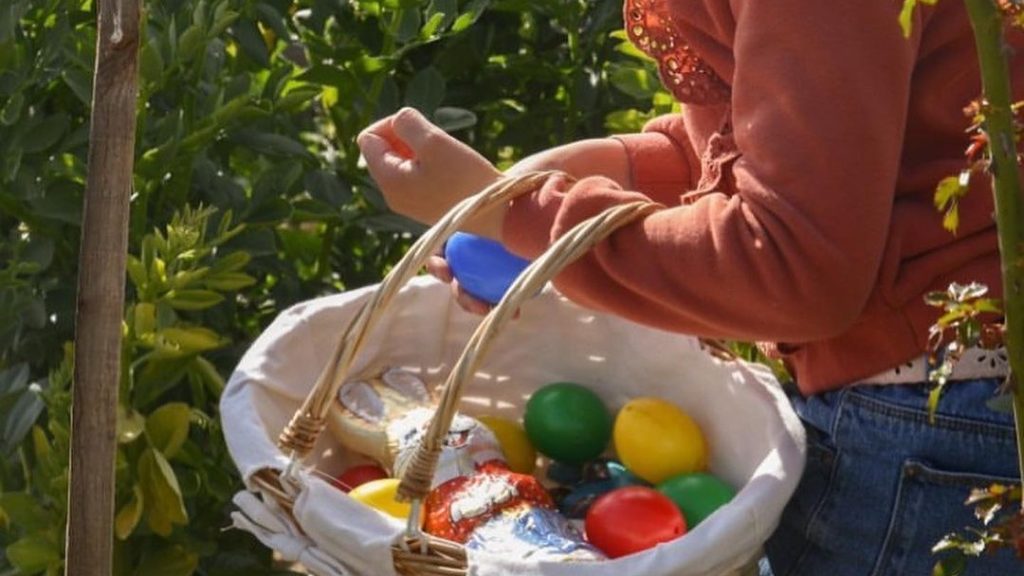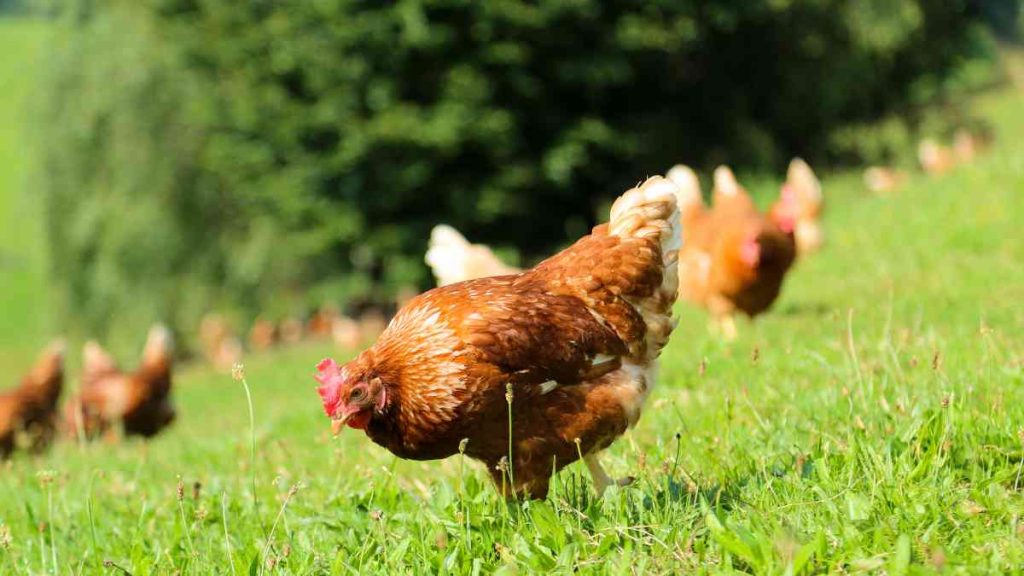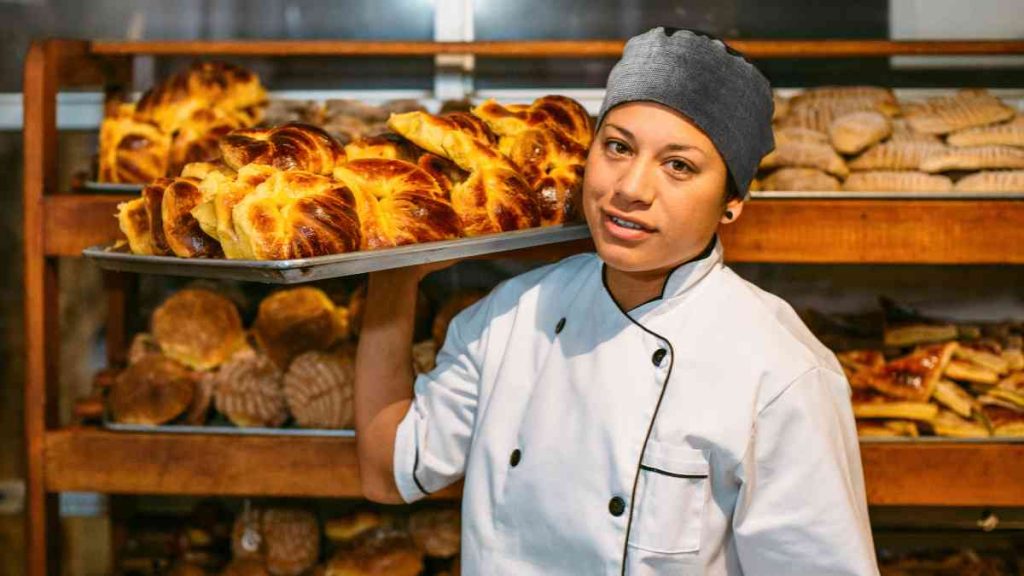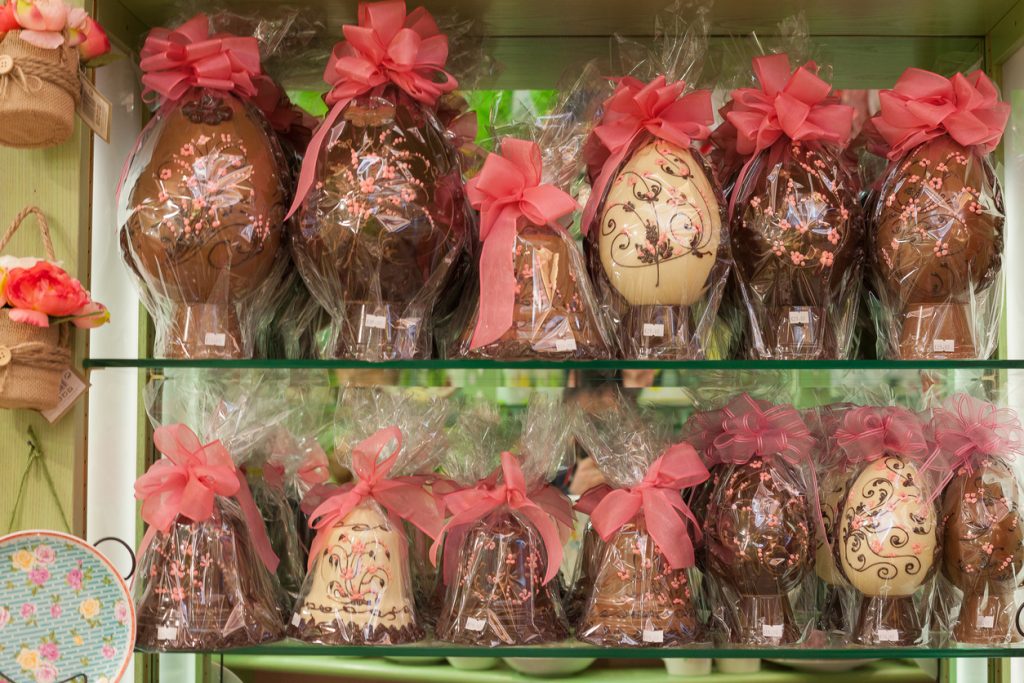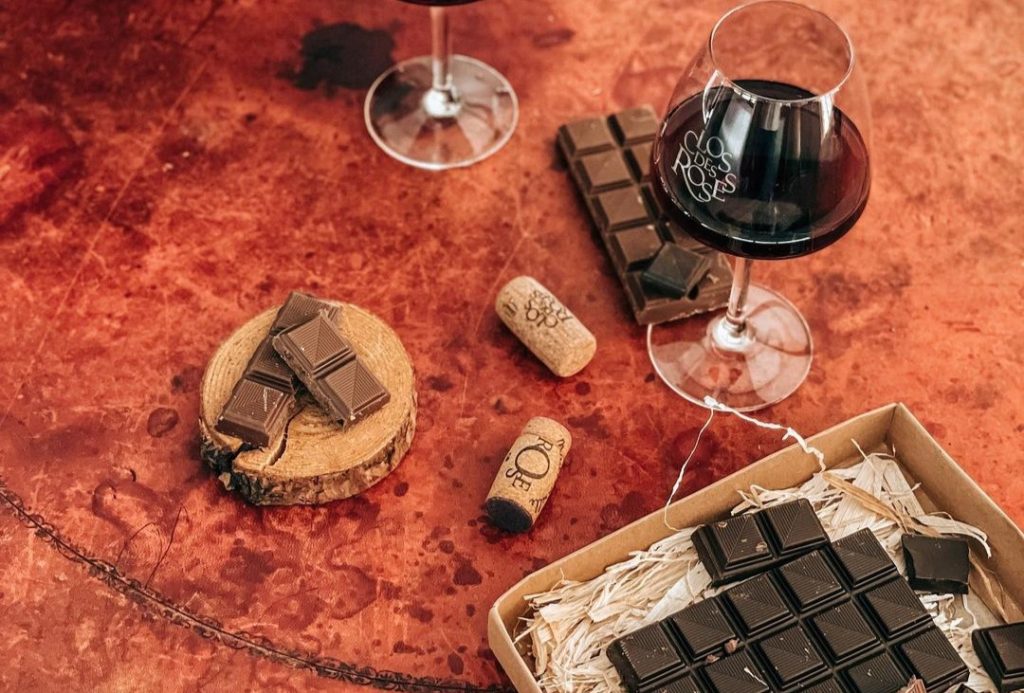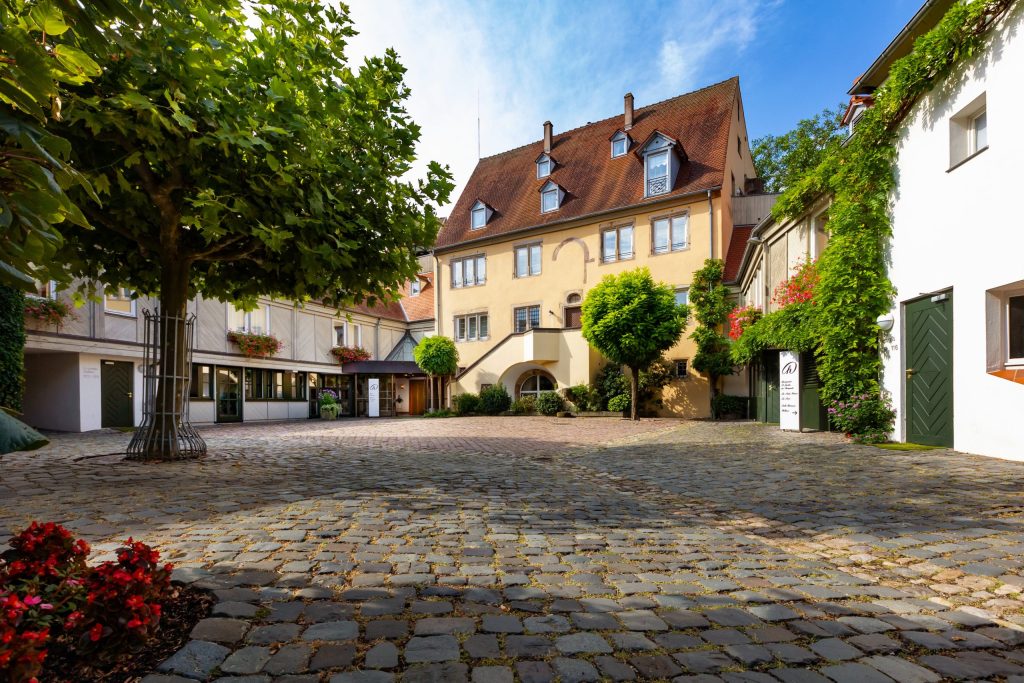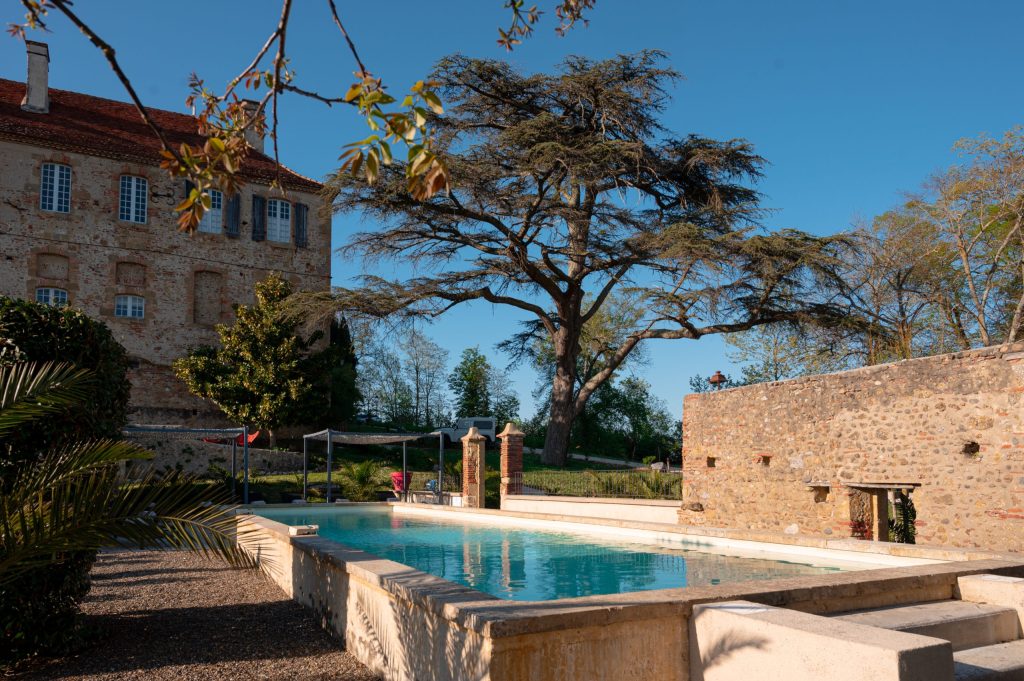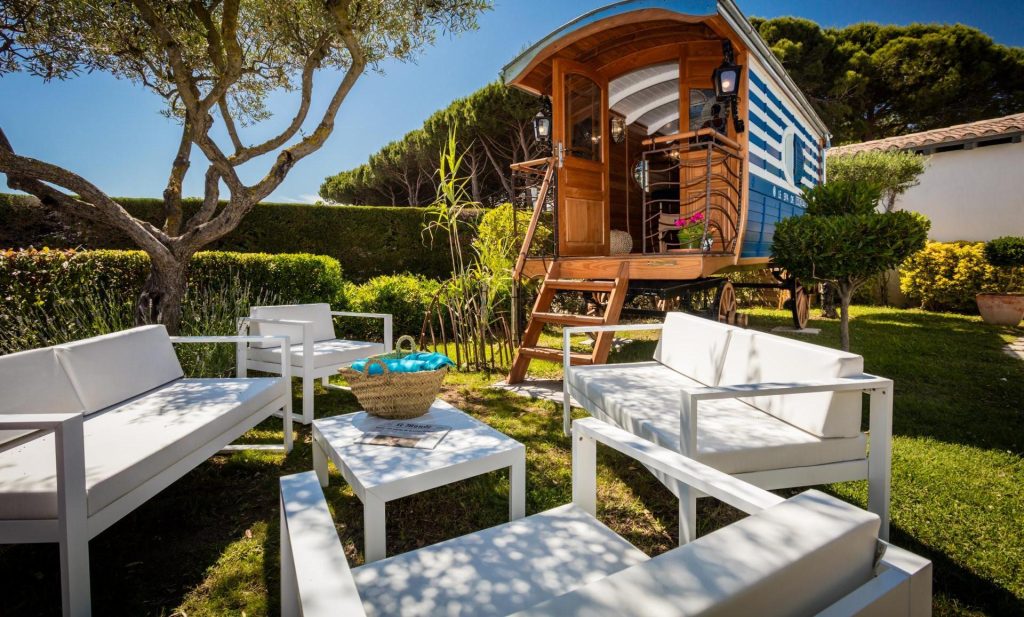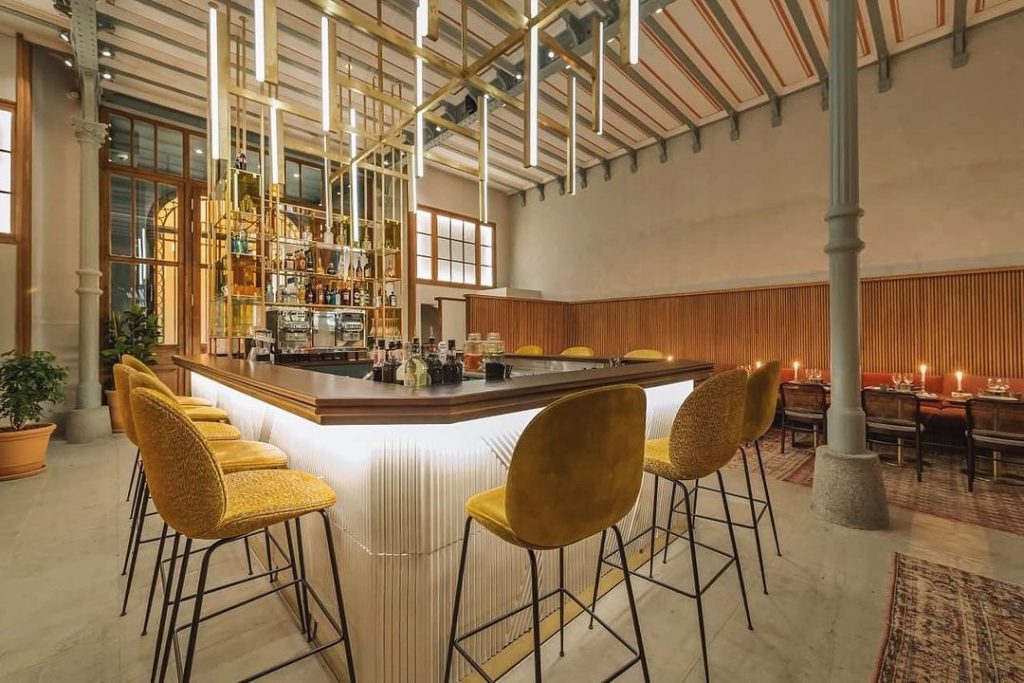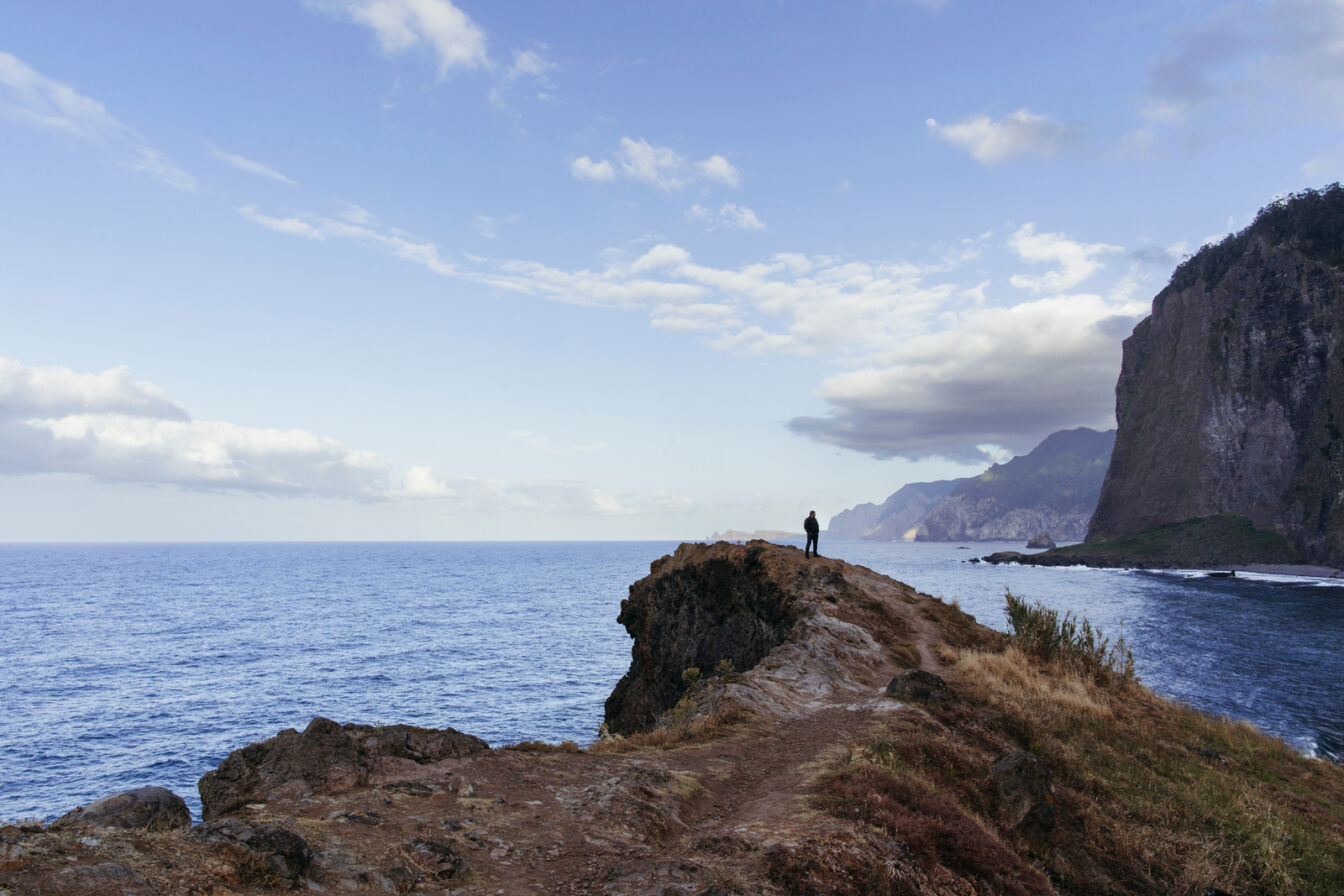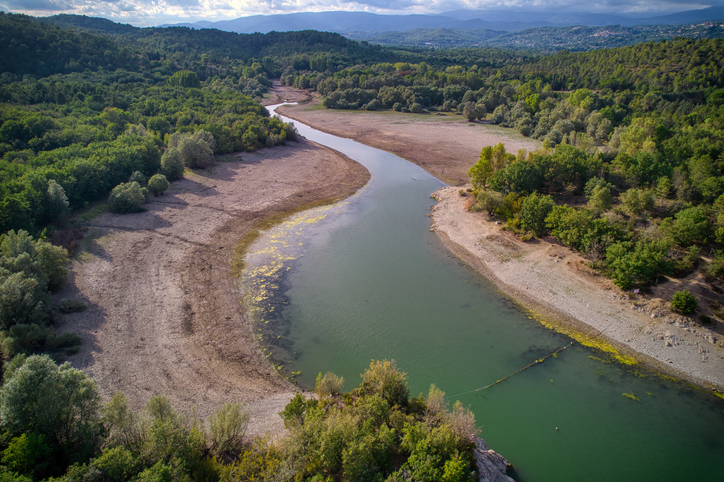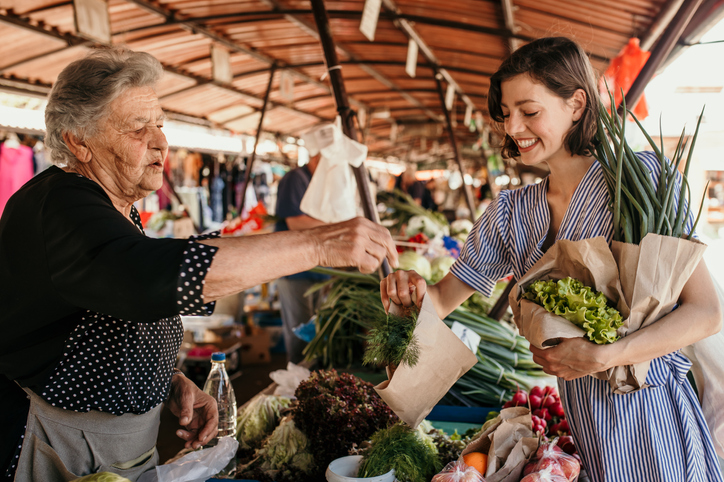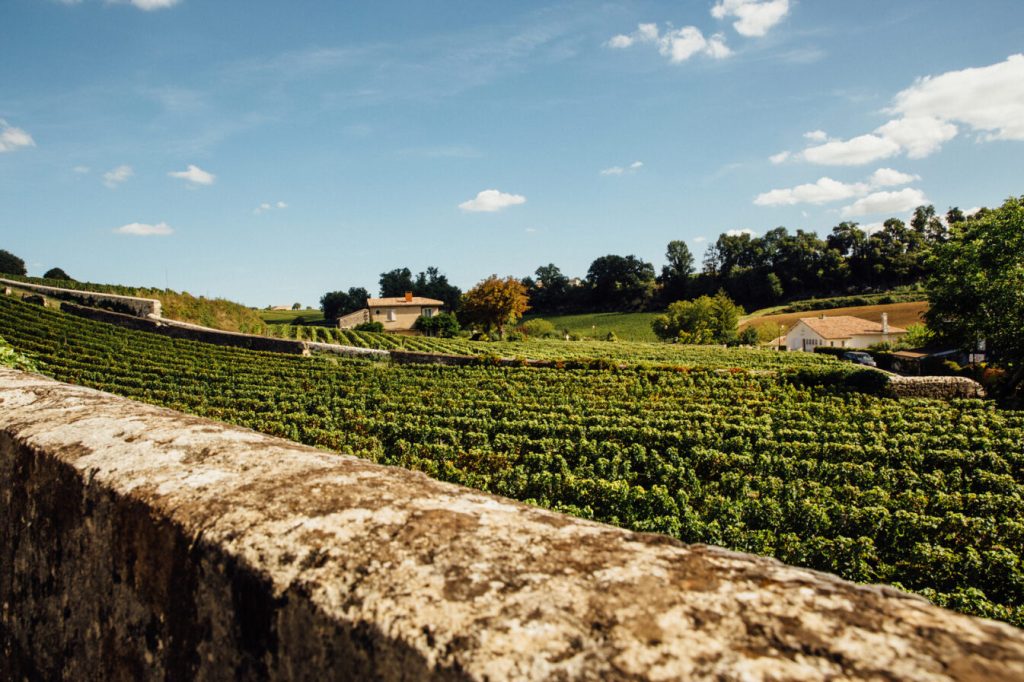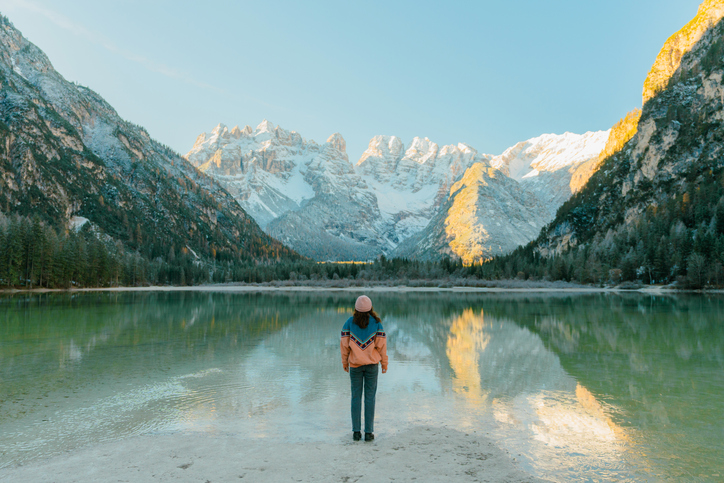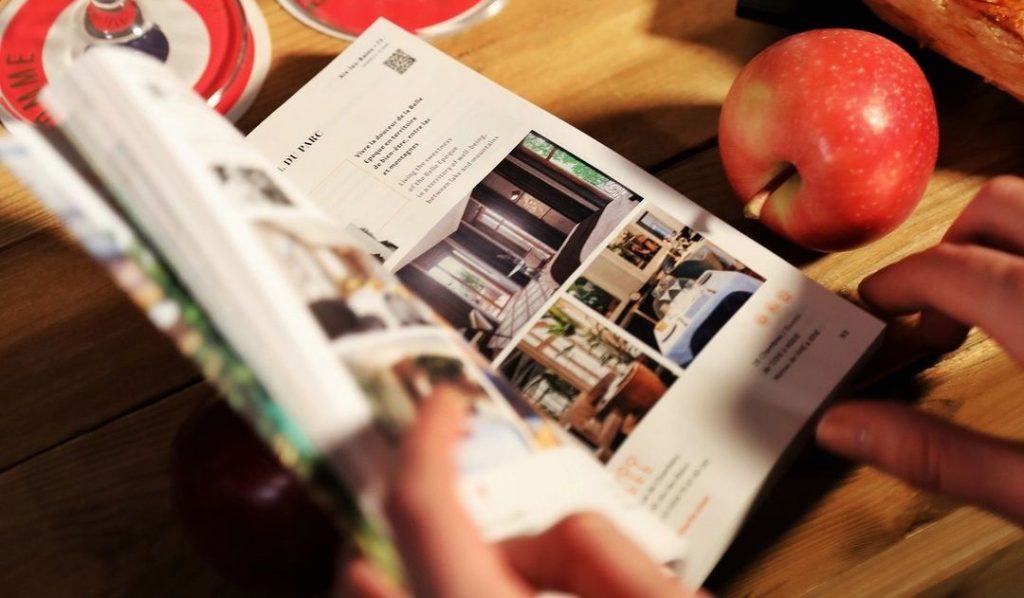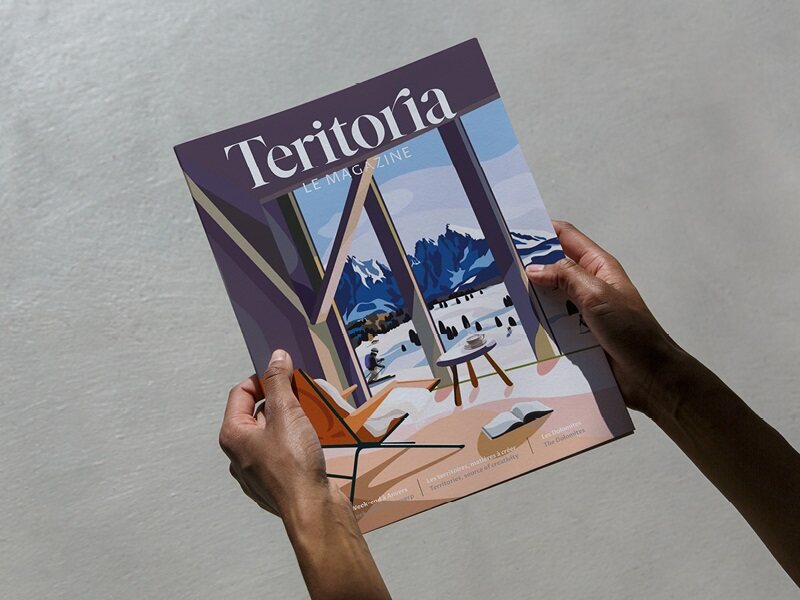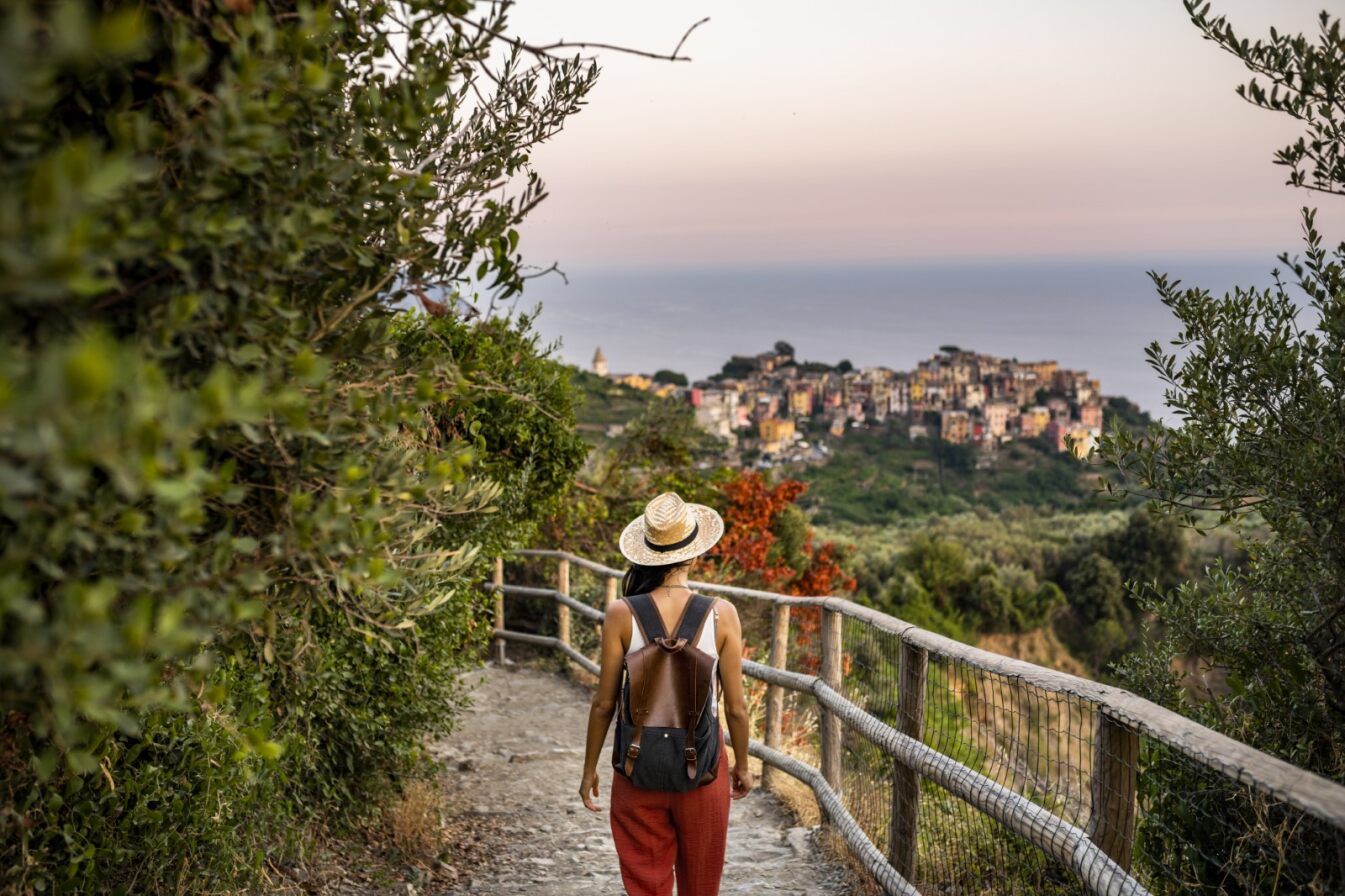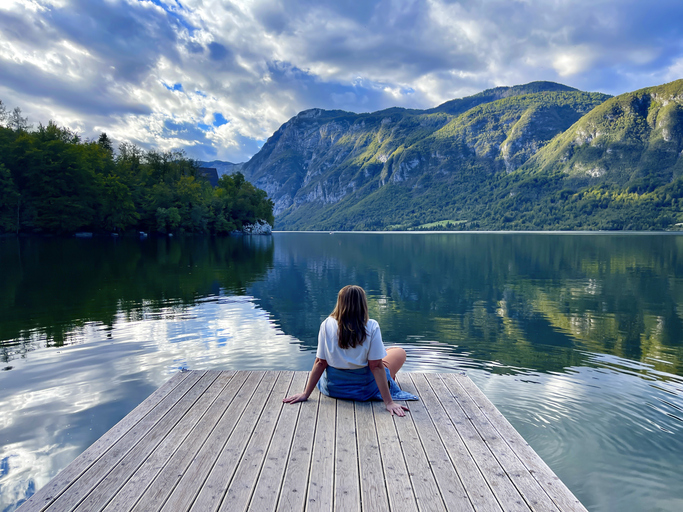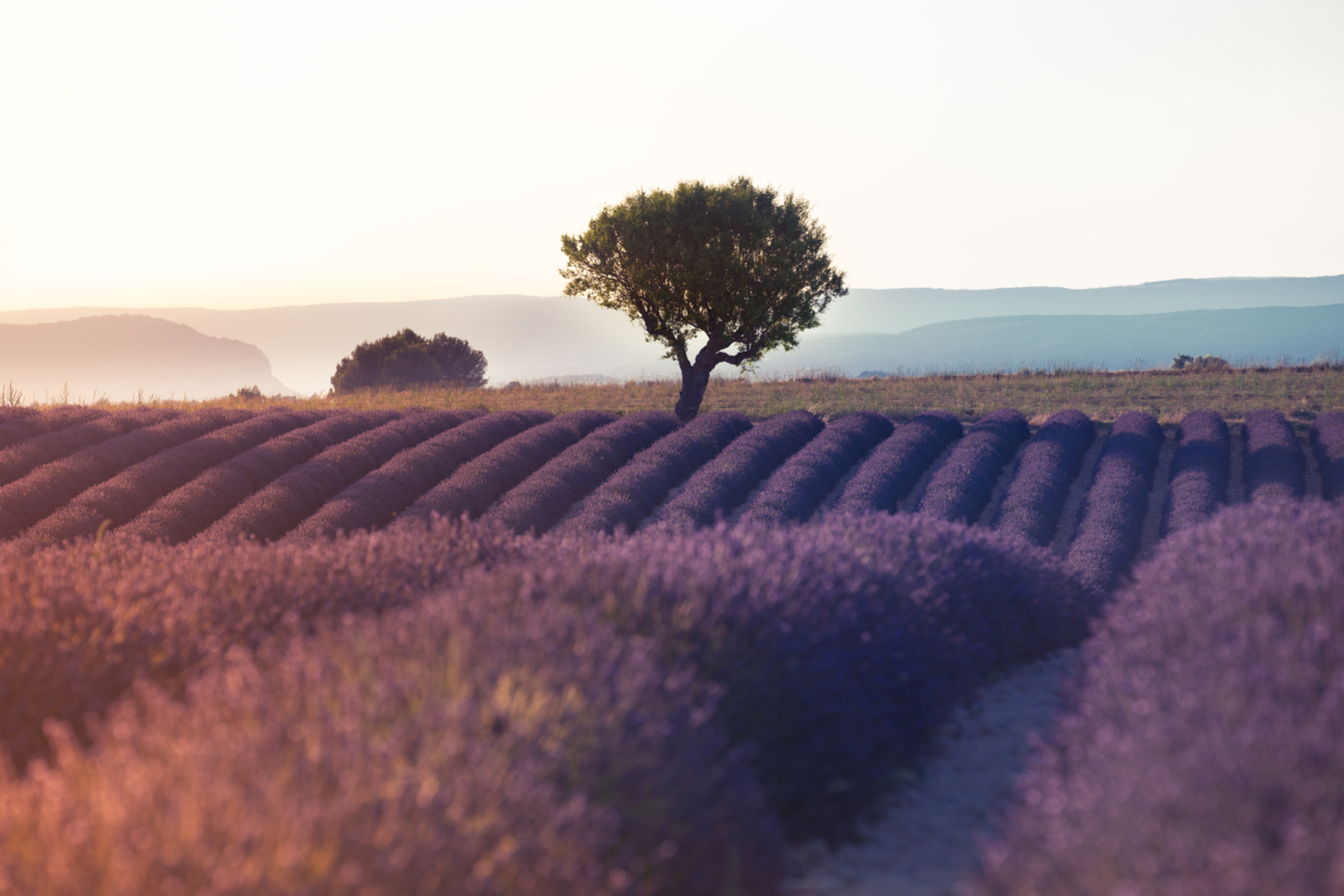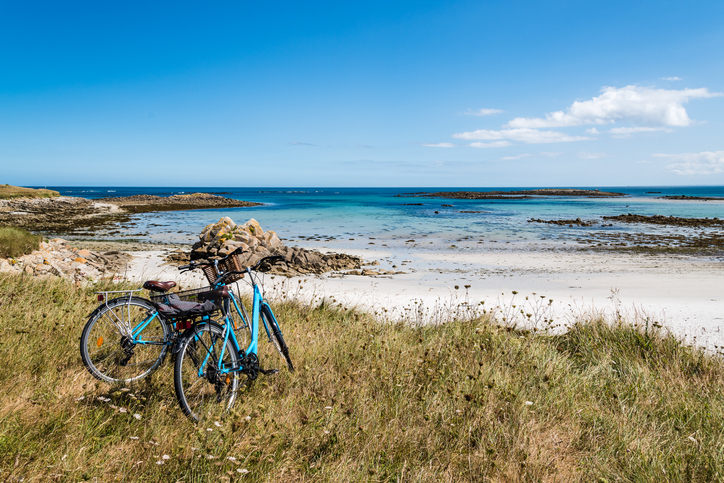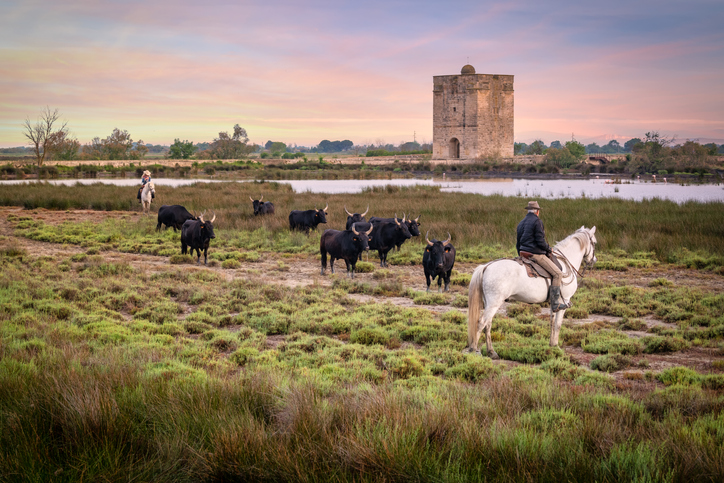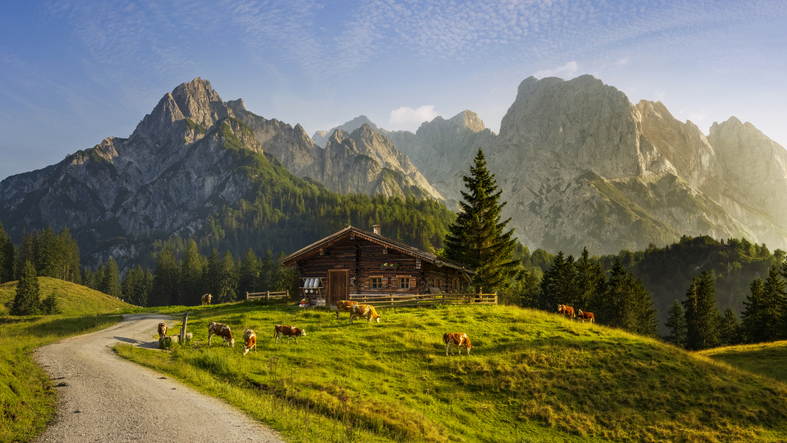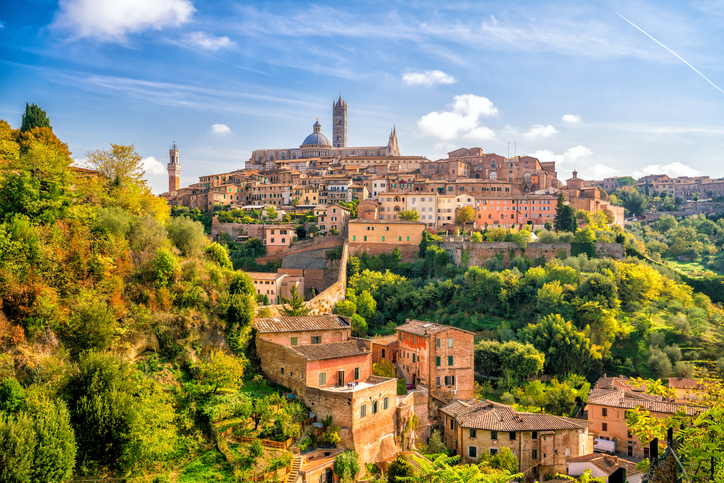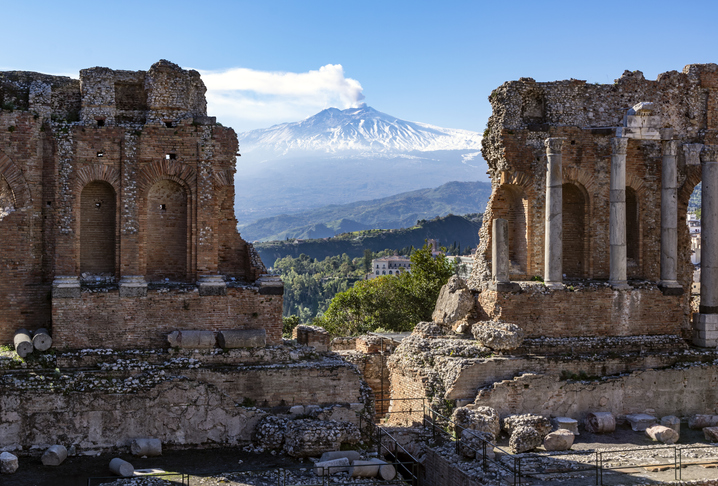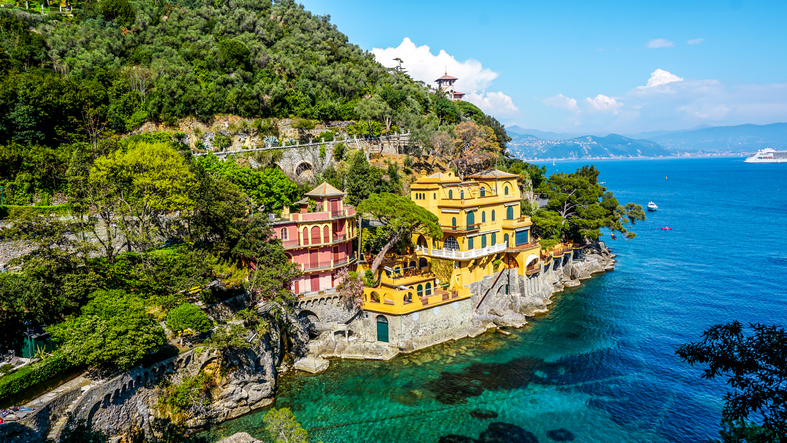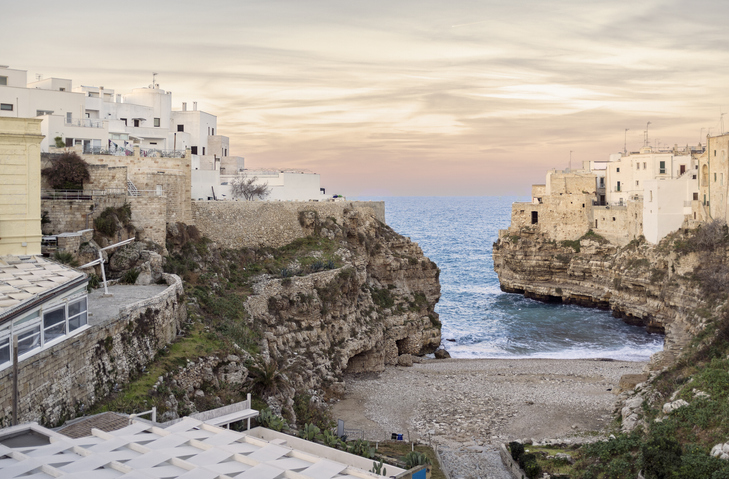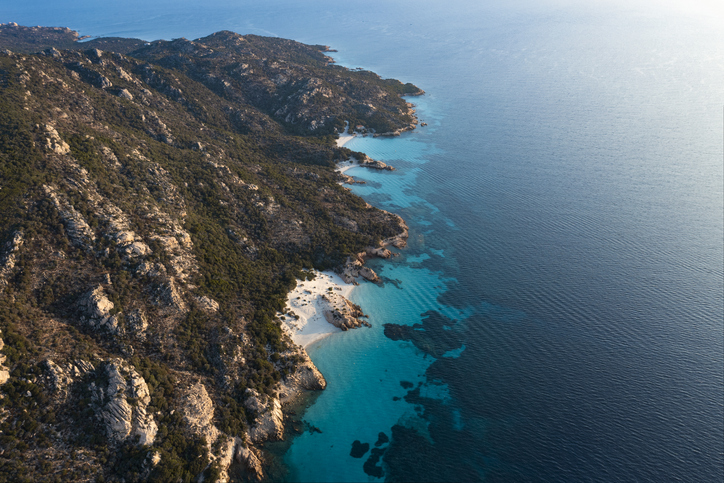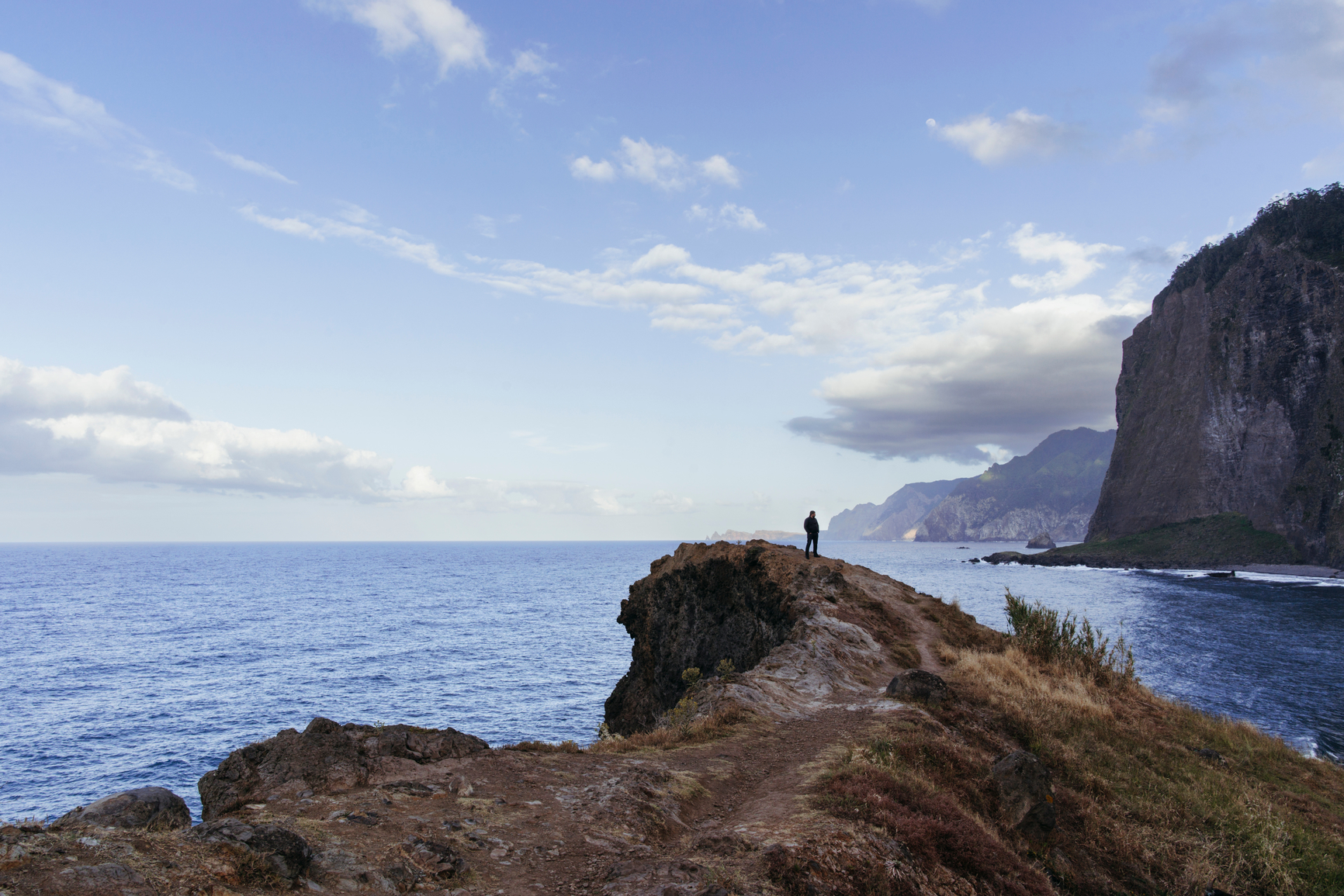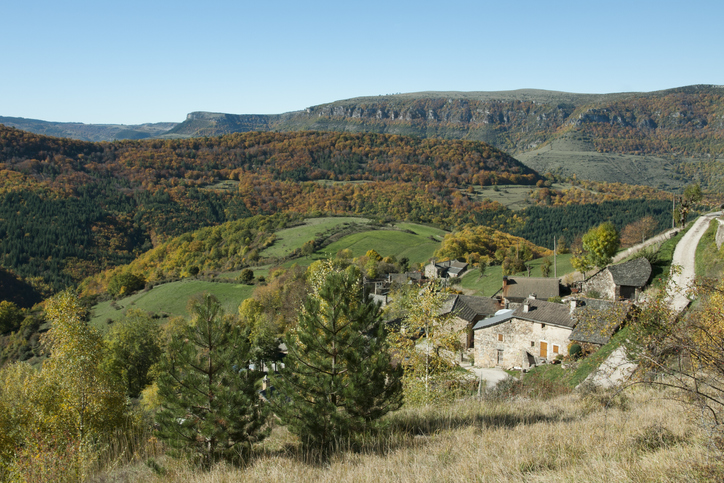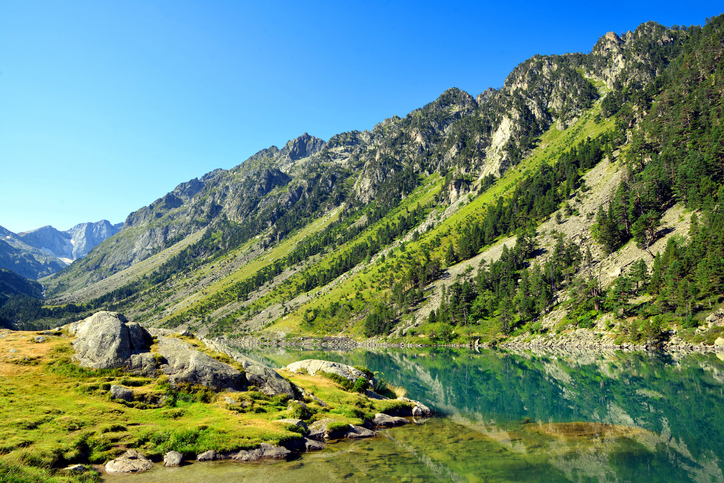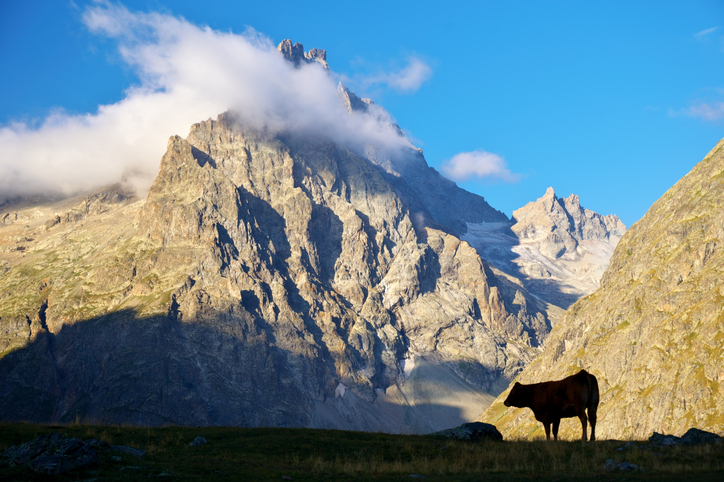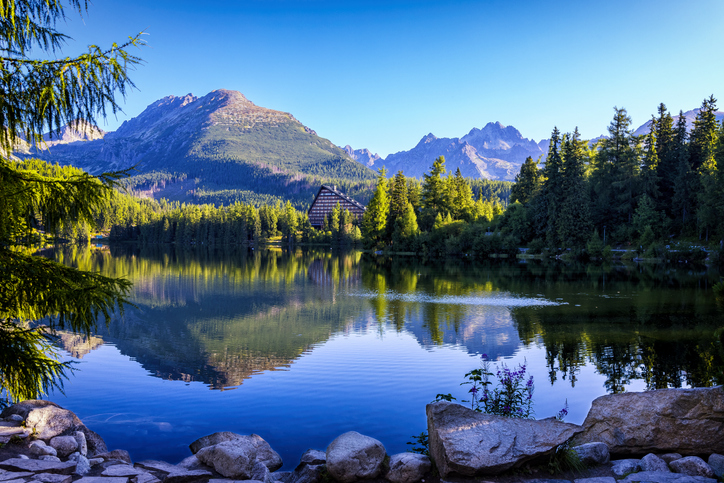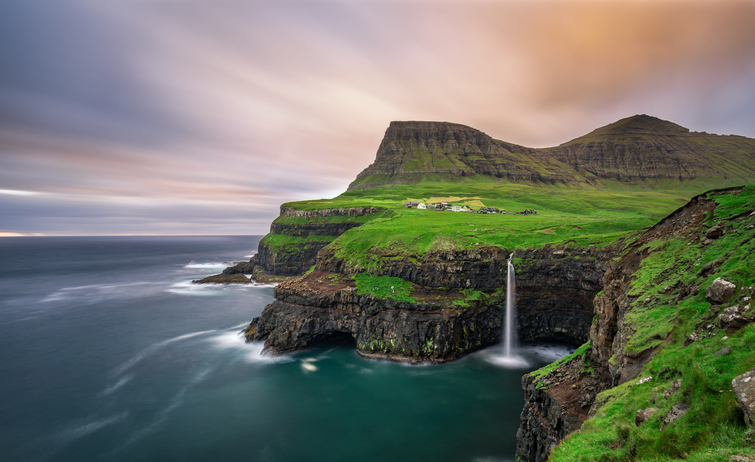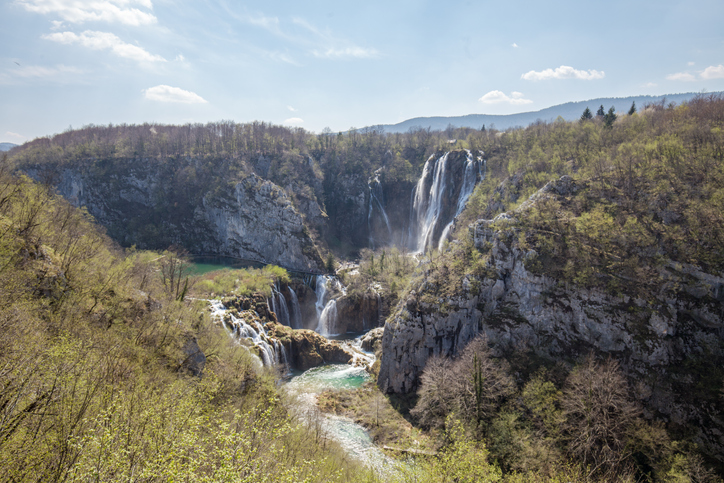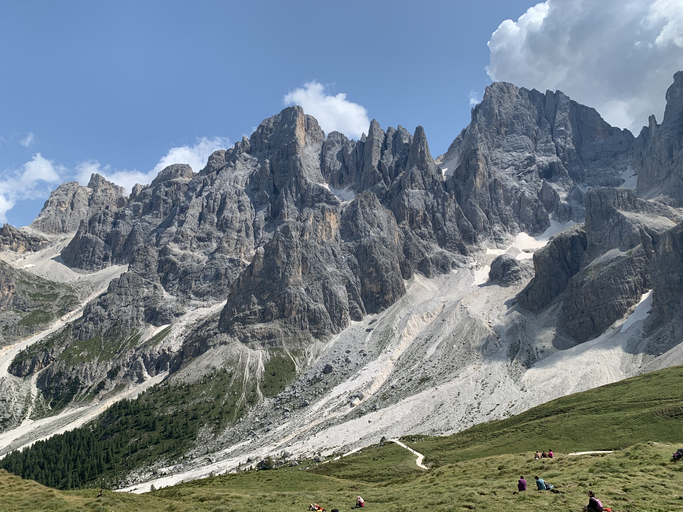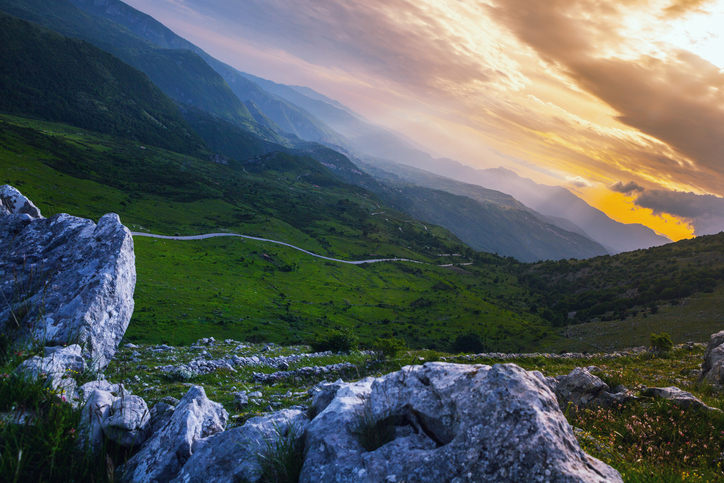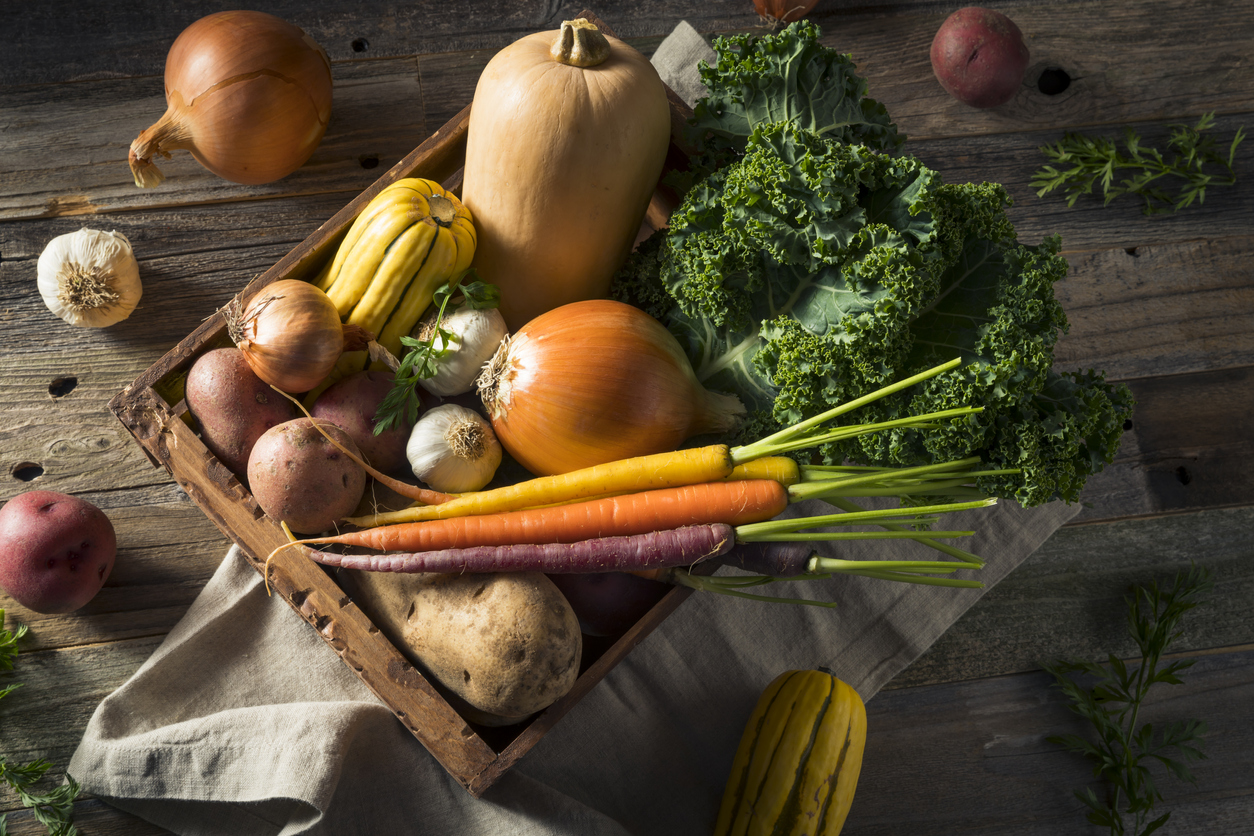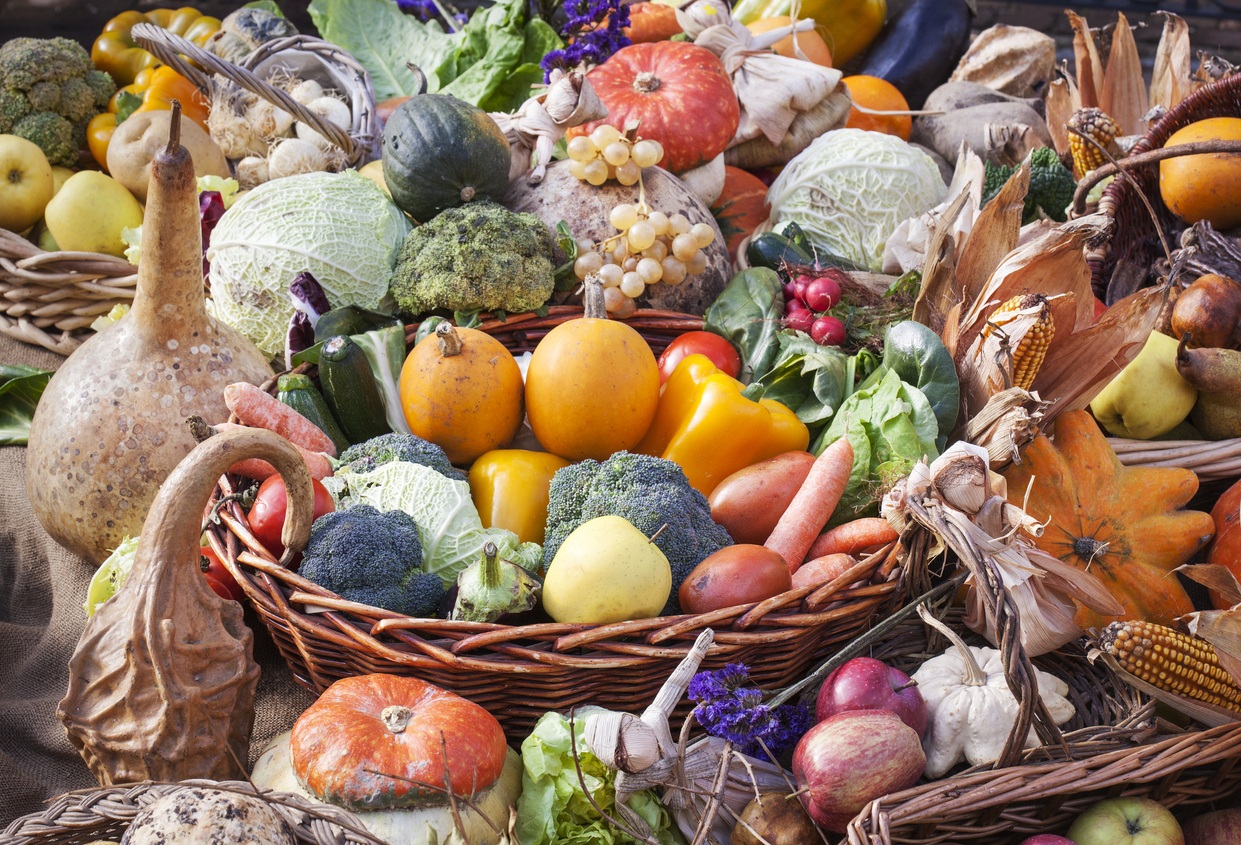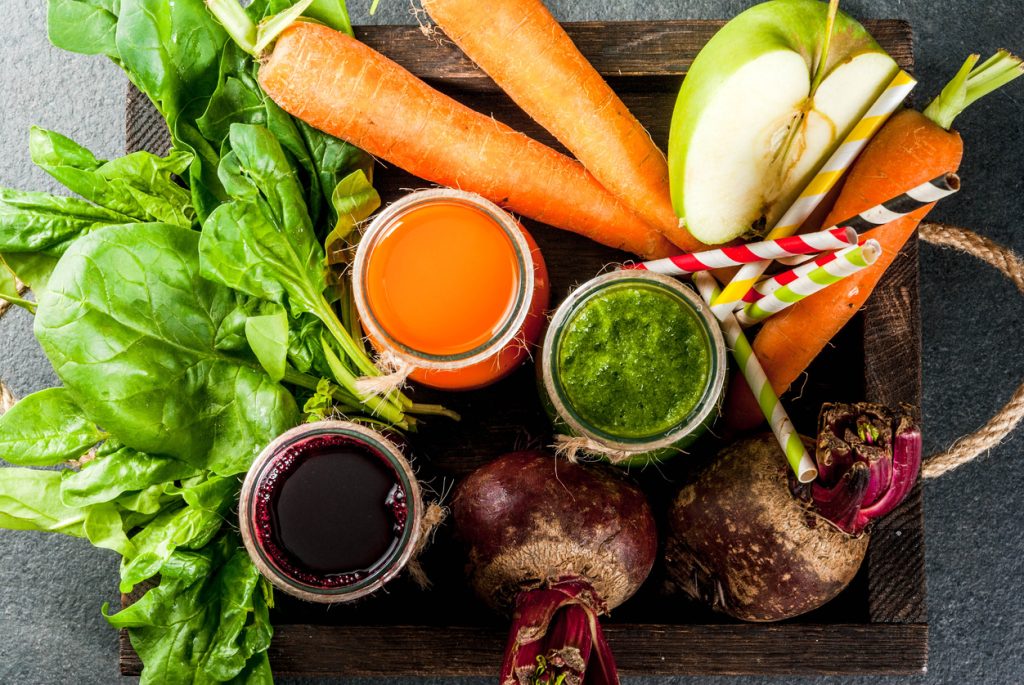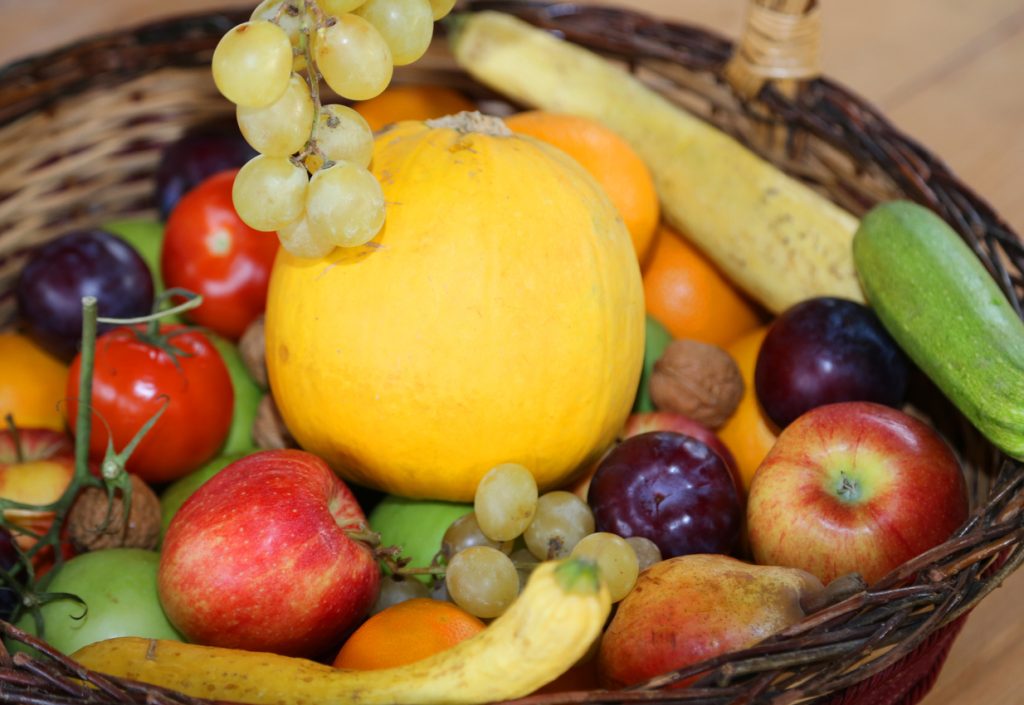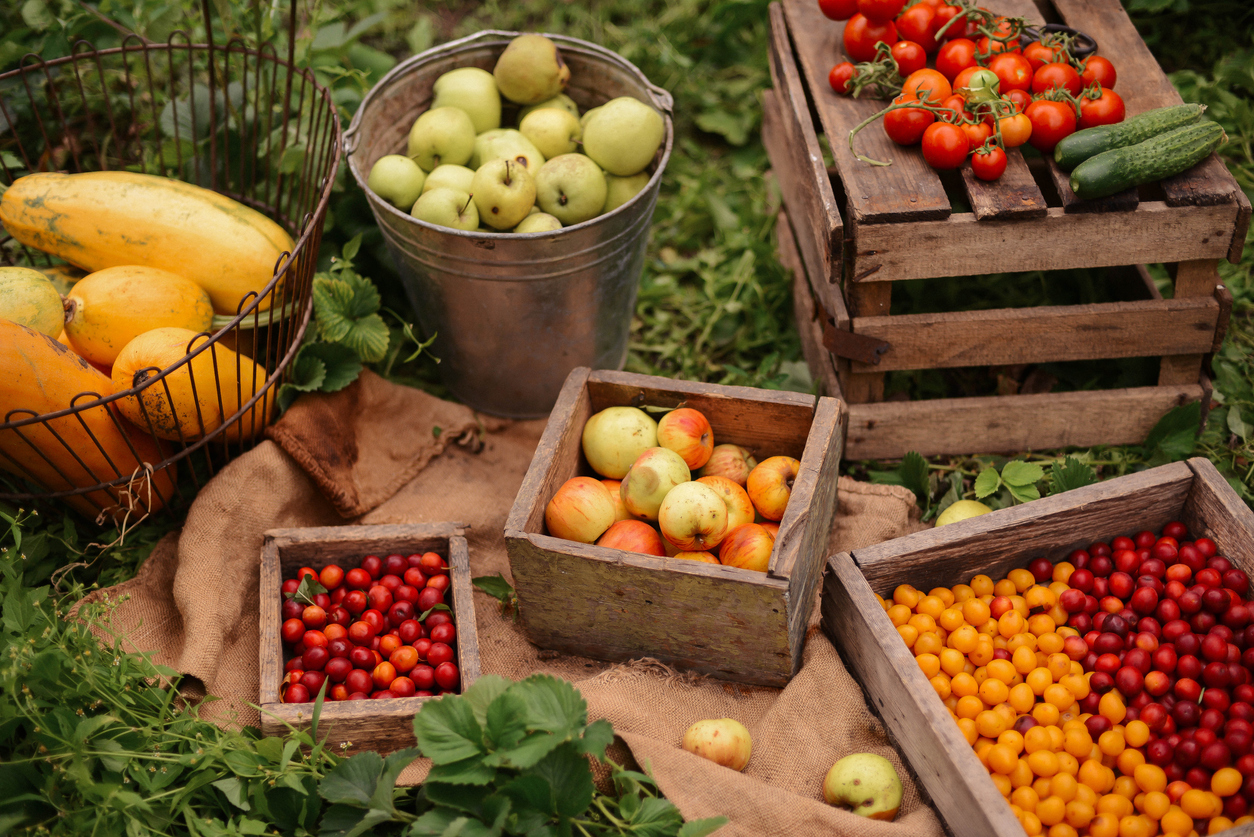By Laurence Gounel
Cover photo by Stephen Zambaux (Domaine de la Corniche)
A Getaway Just outside Normandy: Le Domaine de la Corniche & Spa, 35 minutes from Paris
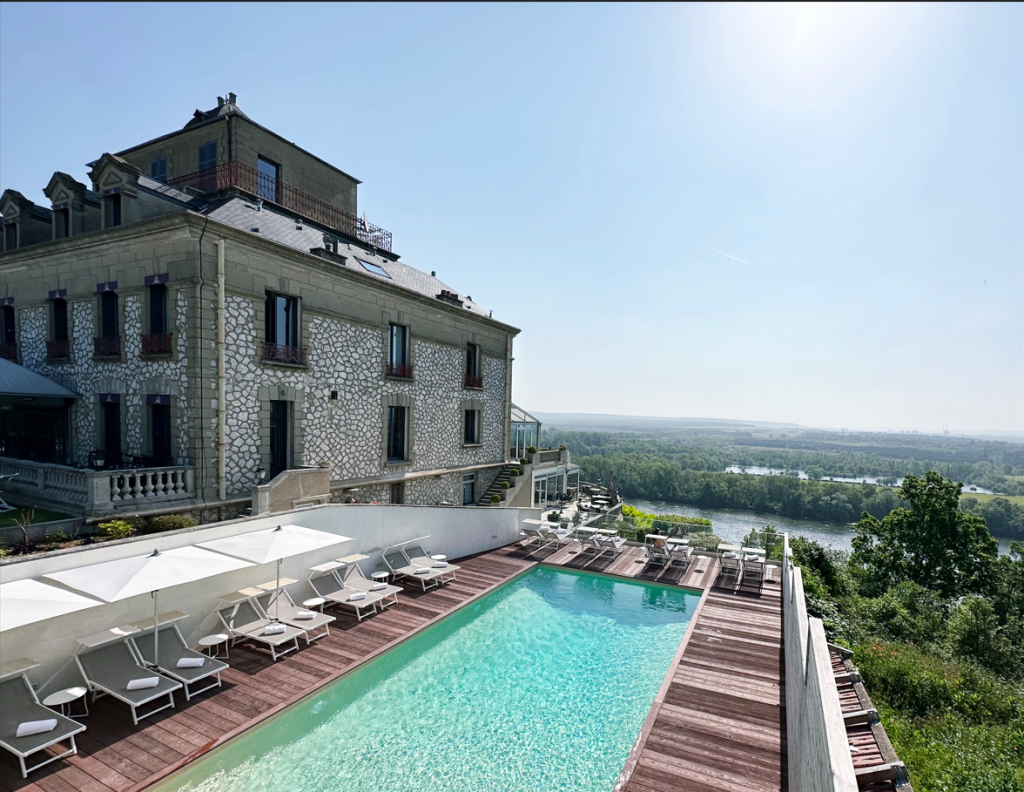
Perched atop a chalk cliff, just 35 minutes from Saint-Lazare station and 15 minutes by electric shuttle, this peaceful haven offers one of the most stunning views of the Seine, especially from its outdoor pool. Ideally located, the estate is only 15 minutes from Giverny and its Impressionist heritage for a cultural escape, and close to the McArthurGlen village for a shopping break, all less than two hours from Paris.
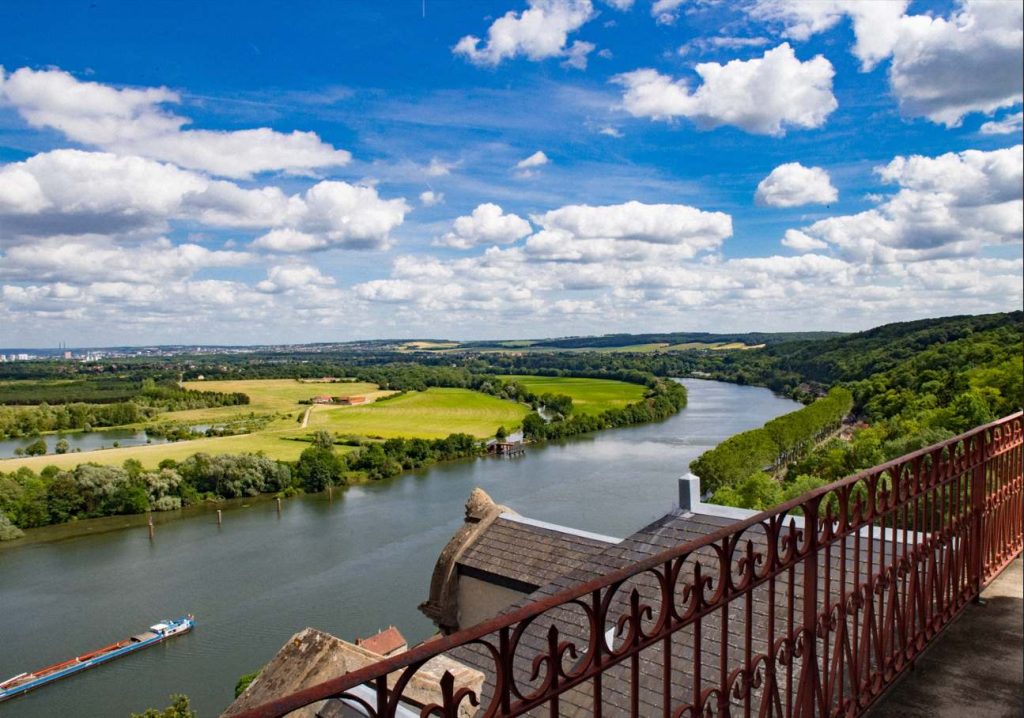
On site, the estate’s electric shuttle offers hassle-free transport. Guests will also find everything they need for a nature-filled stay, including a tennis court and a pétanque pitch.
To end the day, head indoors to enjoy a film in the cinema or unwind in the 600 m² wellness area.
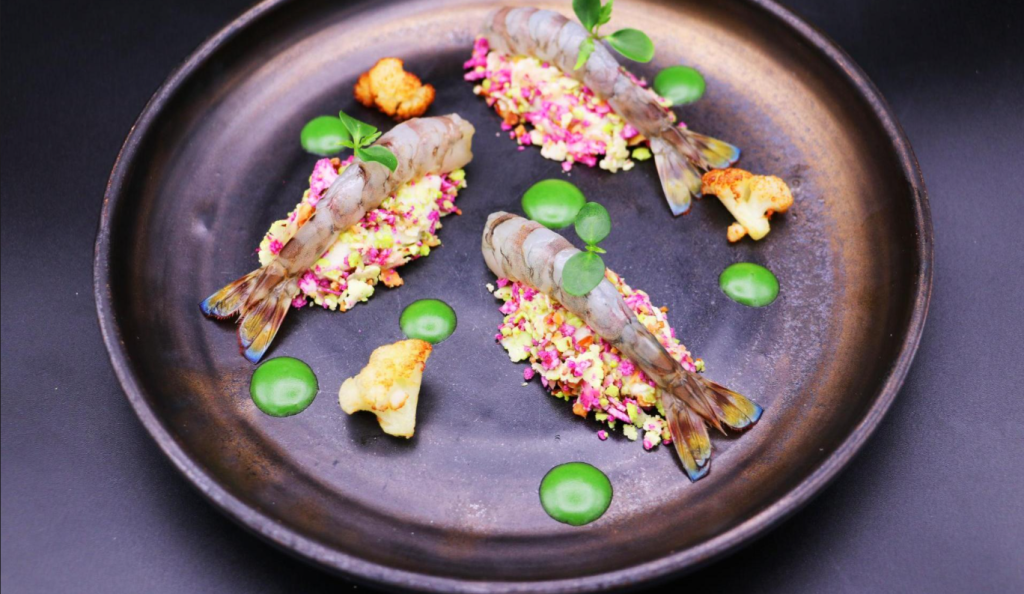
A destination in itself, this estate stands out for its cuisine. The Michelin-starred restaurant, led by chef Gaëtan Perulli, passionate about citrus fruits, herbs, flowers, and cheese, offers a seasonal menu that changes regularly. For heartier appetites, the antique bistro serves generous dishes in a warm setting with vintage furniture. And on Sundays, the estate’s brunch at Le Belvédère has become a beloved ritual.

KEY FEATURES:
- – Electric shuttle for a low carbon stay
- A spa equipped with an indoor pool, hammam, sauna, and treatments by Cinq Mondes and Algotherm, making it a year-round weekend destination.
- – Bar with breathtaking views of the Seine
Hôtel-Restaurant Domaine de la Corniche & Spa
5, route de la Corniche
78270 Rolleboise
Tel : 01 30 93 20 00
Bordering the Fontainebleau Forest: L’Esquisse, 25 minutes from Paris
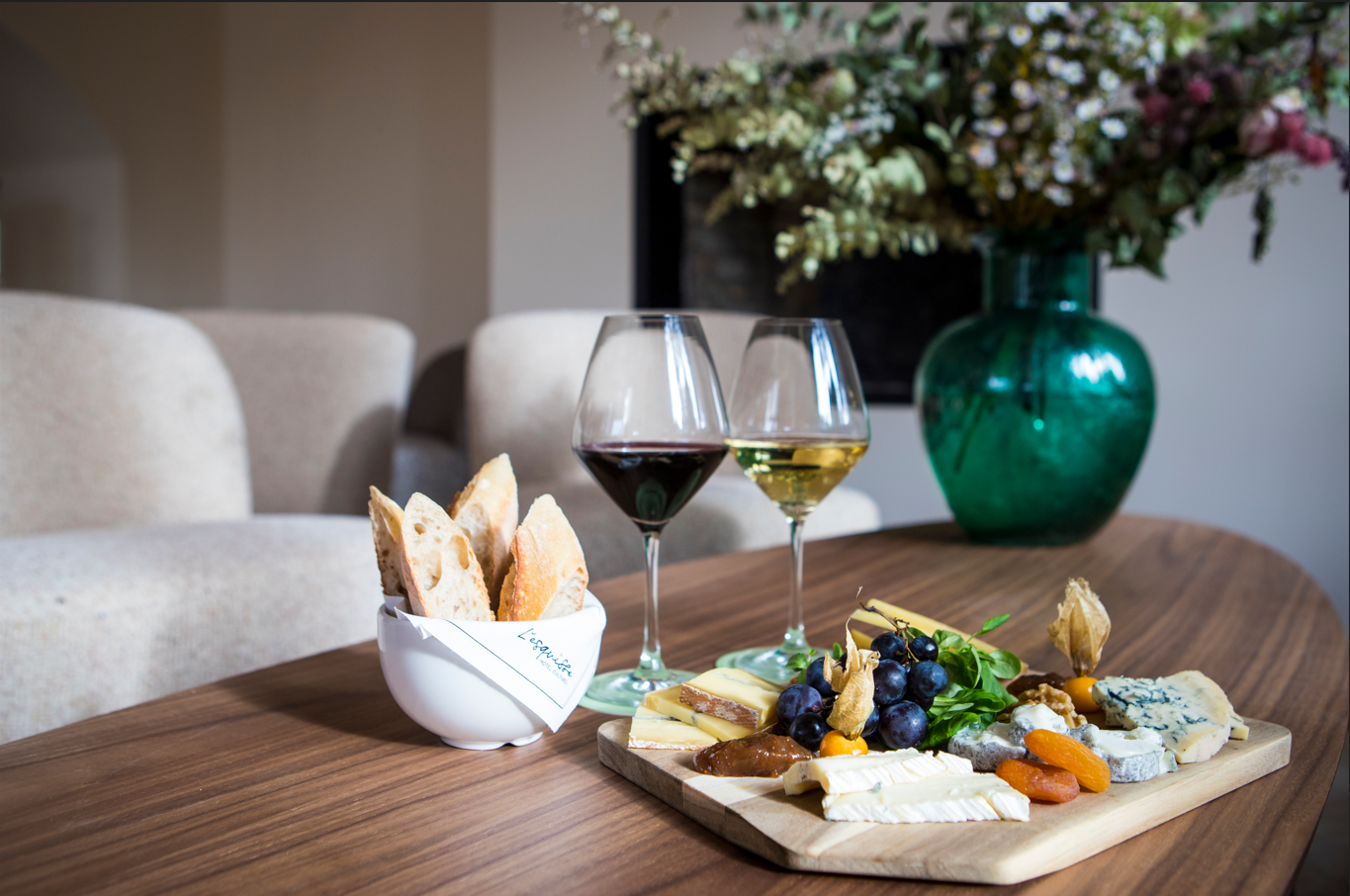
Just 25 minutes by train from Gare de Lyon, this hotel proudly embraces its identity: L’Esquisse, hôtel culturel (“The Sketch, Cultural Hotel”). A fitting signature in this picturesque village, once a woodcutters’ hamlet that soon became a haven for pre-Impressionist painters.
In the mid-19th century, artists found inspiration in the countryside and forests of Fontainebleau. The nine rooms of this private house are each inspired by a great European artist of the period, and all offer the comfort and space of a small home, ranging from 35 to 60 m².

Beyond the guest rooms, a museum immerses visitors in the history of the movement and highlights Barbizon’s influence across Europe. Alongside permanent and temporary exhibitions, workshops, lectures, and artist residencies bring fresh energy to this unique country house, less than 2 hours from Paris.
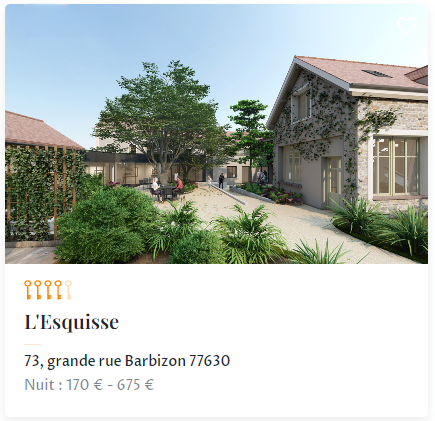
WE LOVE:
- – The cosy café, from breakfast to dinner
- – The fireplace for long winter days
- – The garden where everything happens on sunny days
Hôtel L’esquisse
73, Grande Rue
77630 Barbizon
Tel : 01 85 45 01 00
Among the vineyards of Champagne: Manoir Henri Giraud, 1 hour from Paris
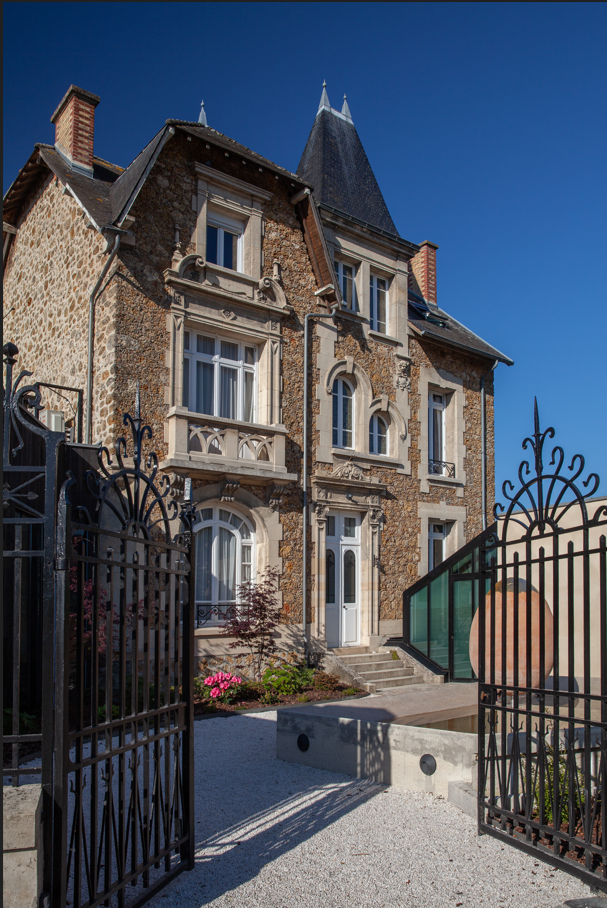
Just 1 hour and 15 minutes by train from Gare de l’Est, the Giraud family’s guest house faces its 10 hectares of vineyards, located in one of the 17 villages classified under the Grand Cru appellation. A contemporary retreat, designed in a warm, family spirit, and dedicated to offering a more complete experience to a privileged few.
In total, there are five suites ranging from 30 to 50 square metres, each with its own distinct personality and, like the rest of the house, subtle nods to the vineyard. While the lines are minimalist, the colours are vibrant, echoing the spirit of the champagne produced here for thirteen generations.
©️ Olivier Martinot
This champagne, known for its unique character, is vinified in small oak barrels from the nearby Argonne Forest and made primarily from the renowned Pinot Noir grapes of Aÿ, resulting in a structured, expressive wine, perfect for fine dining. In keeping with the family spirit and its understated elegance, the guest house, run by chef Elizabeth Cloutier, offers seven evening food and champagne pairings.

Comforting dishes like beef cheek confit sit alongside more delicate creations, such as smoked scallops cooked over wine-barrel sawdust. A moment of pure bliss to enjoy after a tour of the cellars, and perhaps even an introduction to Craÿothérapie®.

A MUST-SEE:
The spa features an indoor pool and, above all, a signature treatment developed by the family doctor: a 1h30- to 2hour ritual (for one or two people) that showcases the remineralising, anti-inflammatory, and healing properties of craÿothérapie®.
Maison d’hôtes Manoir Henri Giraud
83, Bd Charles de Gaulle
51160 Aÿ-Champagne
Tel : 03 26 55 75 85
Subscribe to our newsletter and discover unique experiences every month, memorable moments that leave a lasting impression without leaving a mark on the planet. Visit our gift shop to treat your loved ones to a car-free getaway less than two hours from Paris, perfect for a romantic weekend, a family escape, or a trip with friends. And if your bags are already packed for a Teritoria stay, don’t forget to explore our loyalty programme and see how your commitment can be rewarded.
